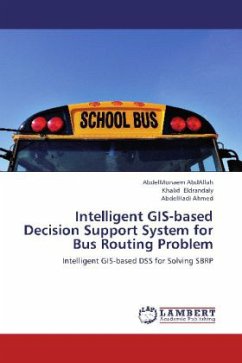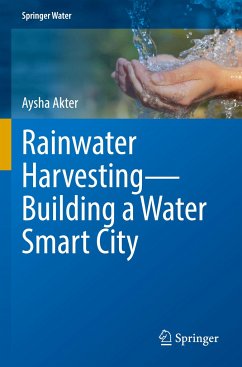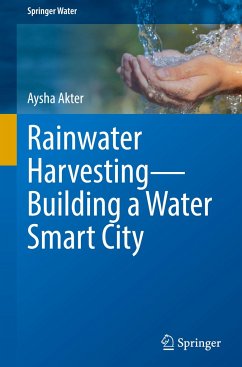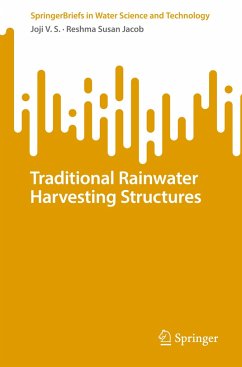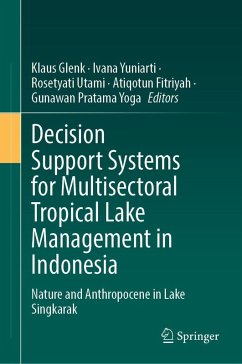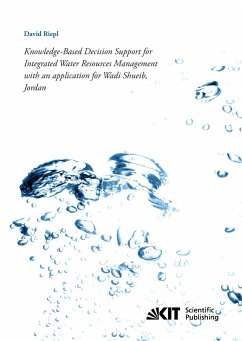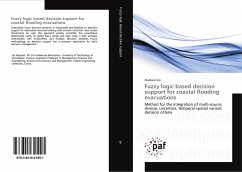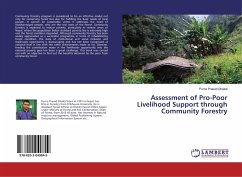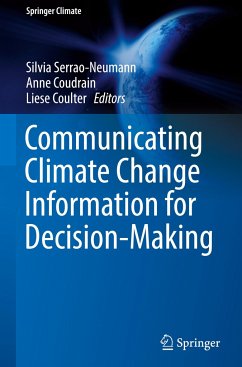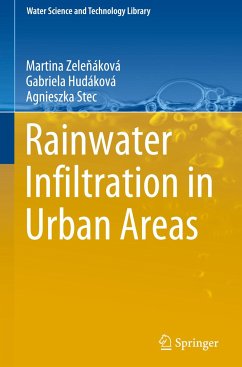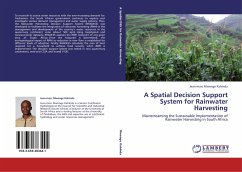
A Spatial Decision Support System for Rainwater Harvesting
Mainstreaming the Sustainable Implementation of Rainwater Harvesting in South Africa
Versandkostenfrei!
Versandfertig in 6-10 Tagen
28,99 €
inkl. MwSt.

PAYBACK Punkte
14 °P sammeln!
To reconcile its scarce water resources with the ever-increasing demand for freshwater, the South African government continues to explore and investigate various demand management and water supply options. Thus, the Rainwater HArvesting Decision Support System (RHADESS) was developed to facilitate the integration of rainwater harvesting (RWH) in the management and development of the country s water resources at the quaternary catchment scale (about 500 sqm). Using biophysical and socioeconomic datasets, RHADESS assesses the RWH footprint of any given area of South Africa. Once the footprint is...
To reconcile its scarce water resources with the ever-increasing demand for freshwater, the South African government continues to explore and investigate various demand management and water supply options. Thus, the Rainwater HArvesting Decision Support System (RHADESS) was developed to facilitate the integration of rainwater harvesting (RWH) in the management and development of the country s water resources at the quaternary catchment scale (about 500 sqm). Using biophysical and socioeconomic datasets, RHADESS assesses the RWH footprint of any given area of South Africa. Once the footprint is determined, the ecohydrological impact of RWH as reduction in river flow is established for different levels of adoption. Finally, RHADESS calculates the area of land required for a household to achieve food security when RWH is implemented. The decision support system was tested in two quaternary catchments, semi-arid C52A and humid V13D.



